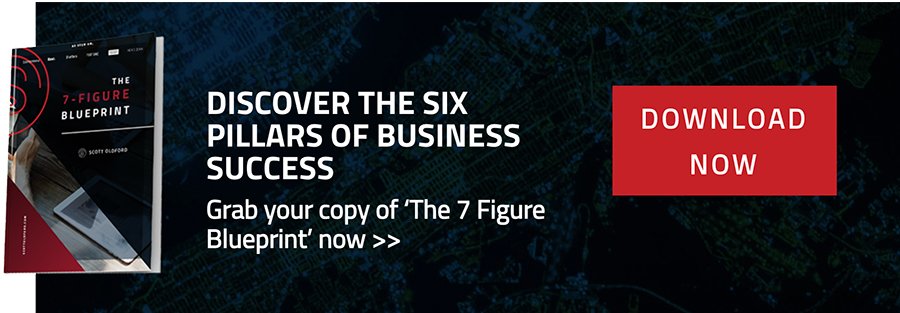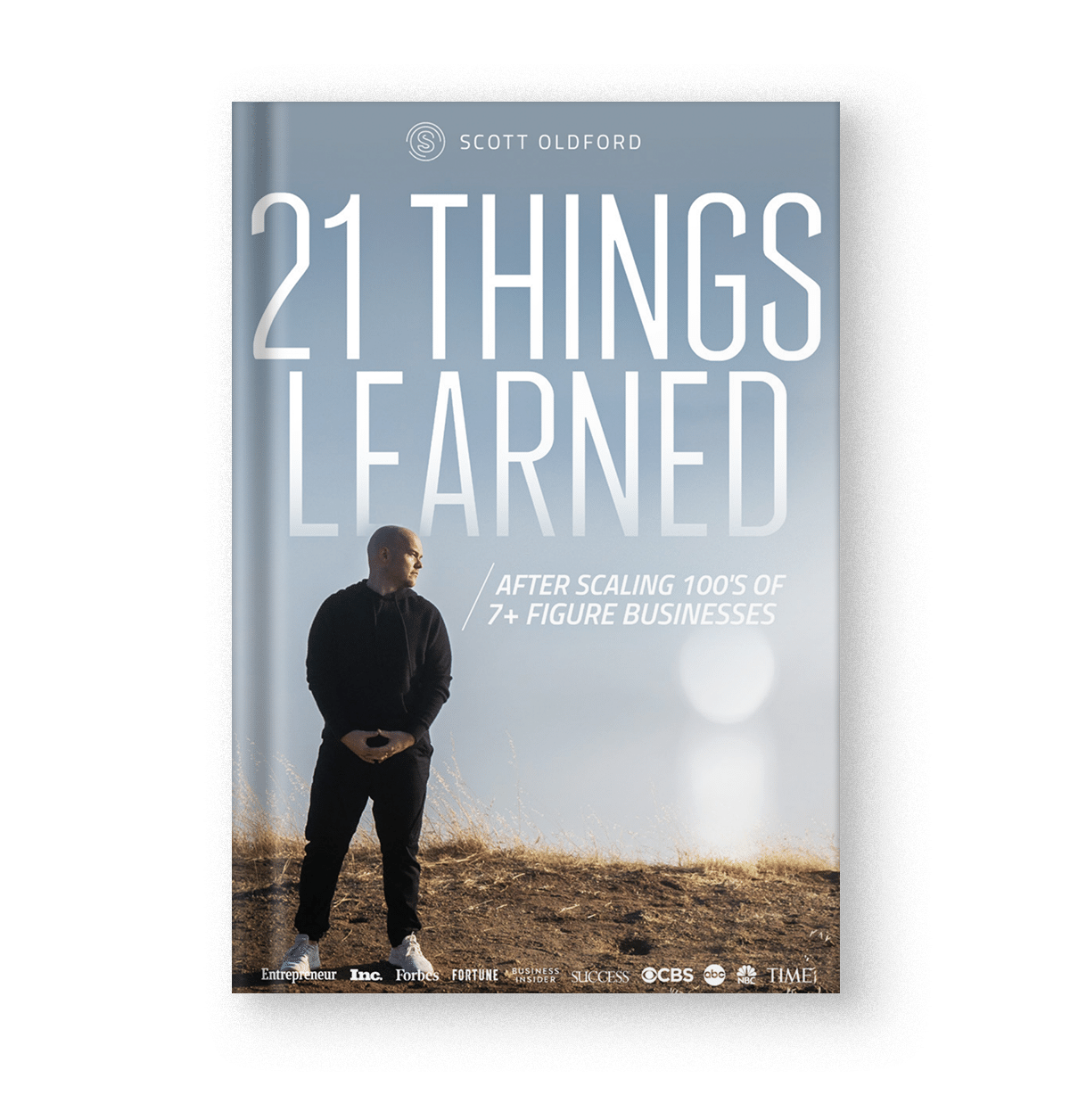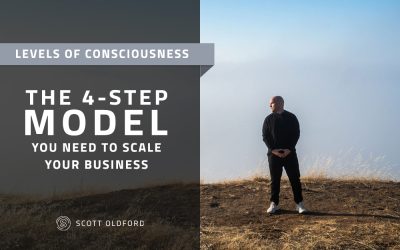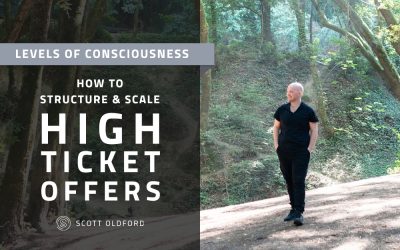What worked in online business before doesn’t work anymore. If you’re still relying on the “numbers game” approach to business, you’re in trouble.
If you think using the right keywords or a specific button color is all you need to convert prospects to clients, you’re in for a surprise. And if you don’t think you need to let your authenticity seep into everything you do, you’ll fail.
It’s time for a change. It’s time to think long-term.
When I was in the middle of deciding what I was going to do with my multi-million dollar company, LeadCraft (which I decided to close in September 2017), I did things differently. I invested in myself apart from my business by working with brand strategist Kaye Putnam to define and update my personal brand.
It was an interesting process. It was about so much more than picking a few colors and designing a logo. Kaye works from a “psychology-driven perspective” and essentially pulled my brand out of my brain and defined who I am on paper.
See, I had created a successful brand in LeadCraft, but that was the business’ brand. I knew I had to define my personal brand separate from the business. This is why I hired Kaye. The work we did together inspired several powerful benefits and lessons.
If you’re not investing time or money into your brand beyond the design, you will not achieve the success you want.
Here’s why…
1. Brand consistency doesn’t mean anything until you have brand clarity.
When you work to become omnipresent and to appear “everywhere” you need to set the foundation first. Consistency is crucial, because otherwise people won’t recognize you across platforms. Every time they see you, it’ll be like starting the relationship at day one.
Again, and again, and again.
(Groundhog Day, anyone?)
You won’t be memorable in their minds for a specific theme, topic, or style.
But before you can get to the place where you are consistent with your brand, you have to get clear on what you stand for. You need to define your brand’s personality, values, and vision. The last thing you want to do is consistently send people the wrong message
Or just as bad, send 5 different messages because you can’t decide what you stand for.
Defining your brand is a process of getting everything in alignment. When you’re not, you send conflicting messages and look like a cluttered mess. You compromise your credibility because you’re trying to be too many things to too many people.
2. Building brand awareness is as cheap as it’ll ever be, and more important than ever.
Remember that the people you want to do business with are human beings. You can’t trick them into doing business with you. Your potential clients and customers are doing their homework.
It typically takes 60 days from the time someone first encounters my brand before they invest in my my flagship program. During this time, I work to stay omnipresent and relevant in their world by connecting with them on an emotional level.
This is where my personal brand gives me leverage. I share content about my values, lifestyle, the “why” behind my work, and how I can help them (I talk more about my content strategy in this video).
Many of these overarching themes were identified by my brand strategist, Kaye, and defined in my brand SourceBook.
Trust builds over time, but only if you deepen the relationship with every brand touchpoint. If you rely on the “Jackhammer” approach of screaming sales messages at someone every time they see you, they’ll quickly tune you out.
3. You should have BOTH a company brand, and a personal brand.
Building a personal brand is one of the fastest ways to a profitable future. People connect naturally on an emotional level with other humans, not faceless corporations.
I’ve said before that relationships are one of my 4 primary investments to future-proof my business. Building my personal brand gives me the credibility to spark meaningful relationships with my peers, clients, and market.
At the same time, I always want to be building a legacy that’s bigger than I am. To do that, I can’t handcuff myself to any single business forever.
4. Your team needs to understand your brand inside-out to help you scale.
My approach to consistent content distribution and remaining omnipresent asks a lot of my team. As one person — who happens to be dyslexic — there’s no way I could produce every piece of content from start to finish by myself.
Nor would I want to.
I want to stay in my zone of genius and hire a team to complete the tasks I don’t enjoy. So, that’s what I do. The ideas and vision come from me, but the team takes what I start and runs with it. To do this effectively, they need to understand my brand’s standards.
But again, this is about so much more than the design elements of your brand. You should define your brand personality (Kaye uses brand archetypes to do this), unique point of view, wordlist (and blacklist), values and more.
The more your team understands the core psychology behind your brand, the better they can make decisions, act, and create on your behalf.
If you’re ready to become the “go to” authority in your niche, and become top-of-mind with all your best prospects, it’s crucial you get clear on your brand. All the content, ads, and landing pages in the world won’t save you if you don’t have a compelling, consistent, and relevant message to share.
Your keys to success are brand clarity, being omnipresent and relevant. How do you stack up?





